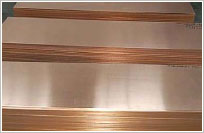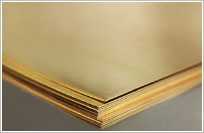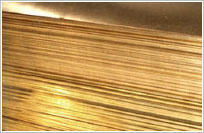Bronze sheet BrH1Tsr
- NON-FERROUS METALS
- General information
- About us
- Rolled BRONZE
- Rolled bronze
- Bronze powder
- Bronze powder BPO
- Bronze powder BOD
- Rolled bronze
- Bronze ribbon BrB2
- Bronze pipes
- Pipe bronze BrAZHN 10-4-4
- Bronze pipes BrAZhMts 10-3-1,5
- Bronze foil
- Bronze rods
- Bronze circles BrAMts 9-2
- Bronze Circle BrAZhMts10-3-1,5
- Bronze Circle Braze 9-4
- Bronze wire rods BrOTsS 5-5-5
- Bronze bars BrOF10-1
- Bronze rodBraZH 10-3
- Bronze sheets
- Bronze sheet BrH1
- Bronze sheet BrH1Tsr
- Bronze sheet BrH0,8Sh
- Bronze sheet BrH0,8T
- Bronze plate BrB
- Bronze strip BrB2
- Bronze wire BrAZh10-1,5
- Hexagonal bronze BRaZH 9-4
- Aluminum bronze ingots
- Aluminum bronze ingots
- Bronze BrAZH 9-4
- Bronze BrAZhMts 10-3-1,5
- Beryllium bronze BrB2
- Bronze BrAMts 9-2
- BROF Bronze 7-0,2
- Bronze BrOF10-1
- Bronze for monuments
- Silicon bronze
- Tin bronze OCS
- Bronze BrOTsS 5-5-5
- Bronze castings
- Chromium bronze BrH
Bronze sheet BrH1Tsr
The large group of bronze alloys can distinguish brand containing alloying elements (cadmium, magnesium, silver, chromium, zirconium) in an amount of from 0.3% to 1%. Such bronze alloys have an electrical conductivity and thermal conductivity as good as that of pure copper, while possessing high yield stress, greater hardness and wear resistance, a large fatigue limit. They are able to work at higher temperatures (in comparison with pure copper) due to the increased temperature of the onset of recrystallization.
Thus, if a Brinell hardness (HB) of pure copper at higher temperatures of 100 grams. up to 400 gr. decreased respectively by HB = HB = 110 to 30, the hardness of the chromium-zirconium bronze, however, remains above HB = 100. Thus, for chromium-zirconium bronze characterized by high heat resistance combined with high electrical conductivity.
Chromium-zirconium bronze made on a sheet of bronze BRH1Tsr. Excellent electrical conductivity of the sheet causes its frequent use as a substrate in the manufacture of various products for electrical purposes - strip conductors, electric connectors of contacts, including a variety of connectors, structural components of electric machines and transformers.
Notably the region in which the most commonly used BRH1Tsr bronze sheet is moving production of power electrical contact among them the contact rings on the rotors of synchronous machines and asynchronous motors with rotors wound rotor and plate collector DC machines. For these products BRH1Tsr bronze sheet is an ideal material due to its high wear resistance and preservation performance at elevated temperatures.
Bronze Leaf BRH1Tsr available in the following states:
1. Do not heat-treated. This hot-rolled sheet bronze BRH1Tsr, cooled naturally.
2. Heat-treated (hardened). In this case, the bronze sheet after preheating BRH1Tsr quenched in water. "M" is usually marked by Tempered sheet letter.
3. Hardened followed by cold deformation. Cold-sheet bronze BRH1Tsr has increased tensile strength and yield strength, along with increased hardness due to quenching. "T" Such a list is usually marked with a letter.
|
|
|
|
|
|
|
|








